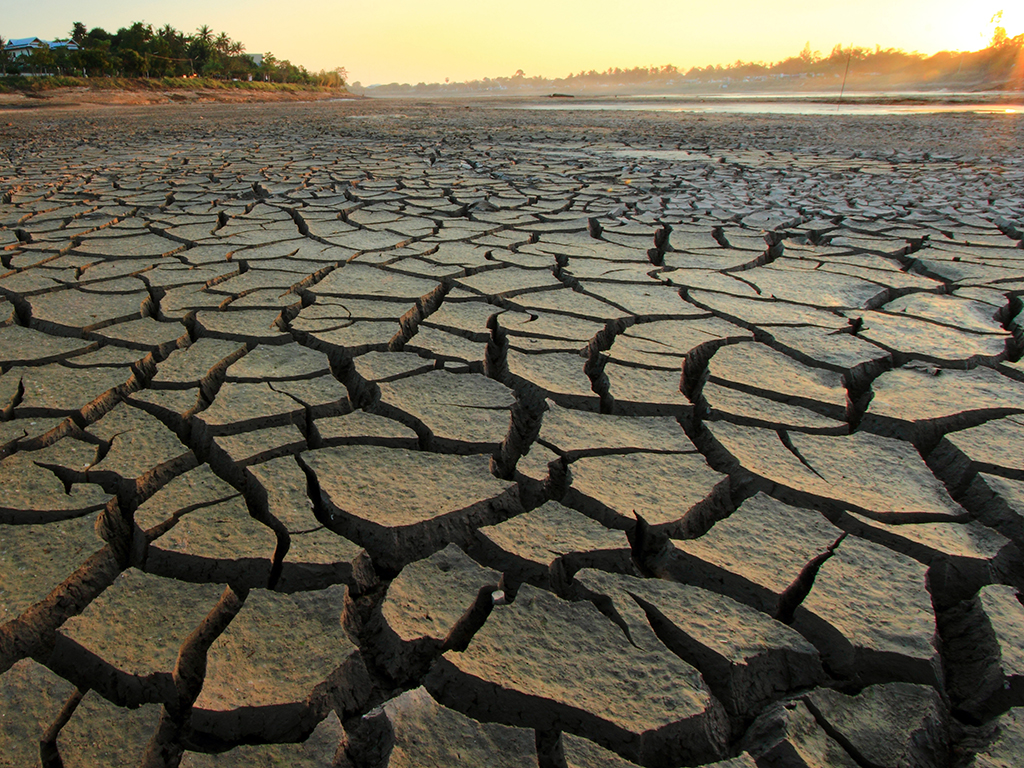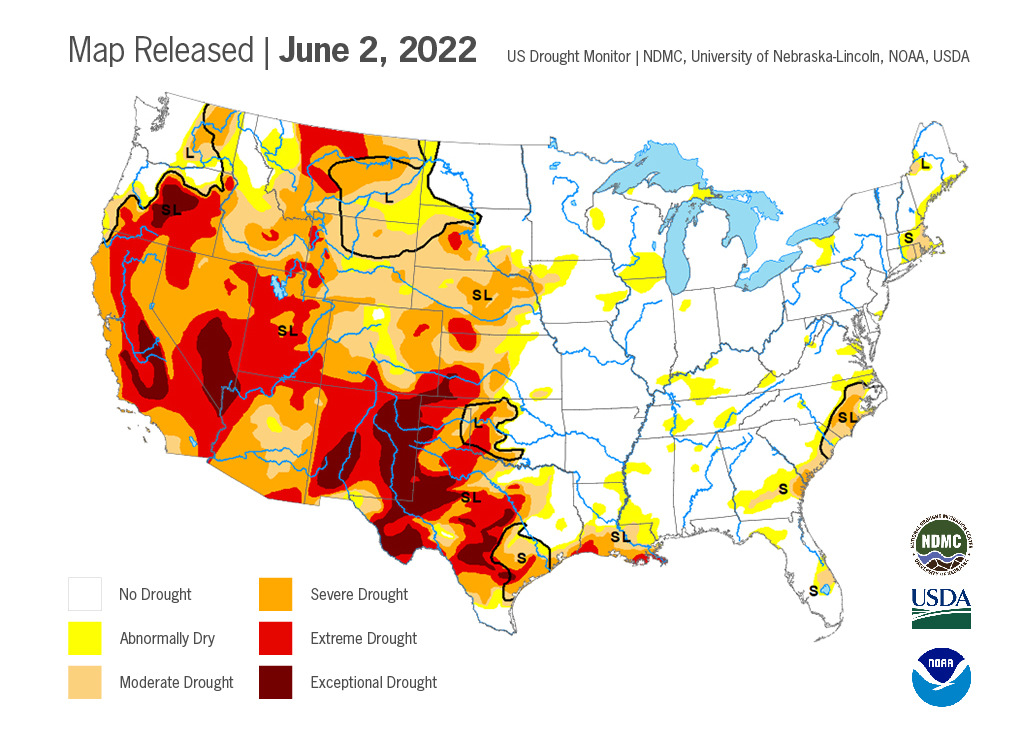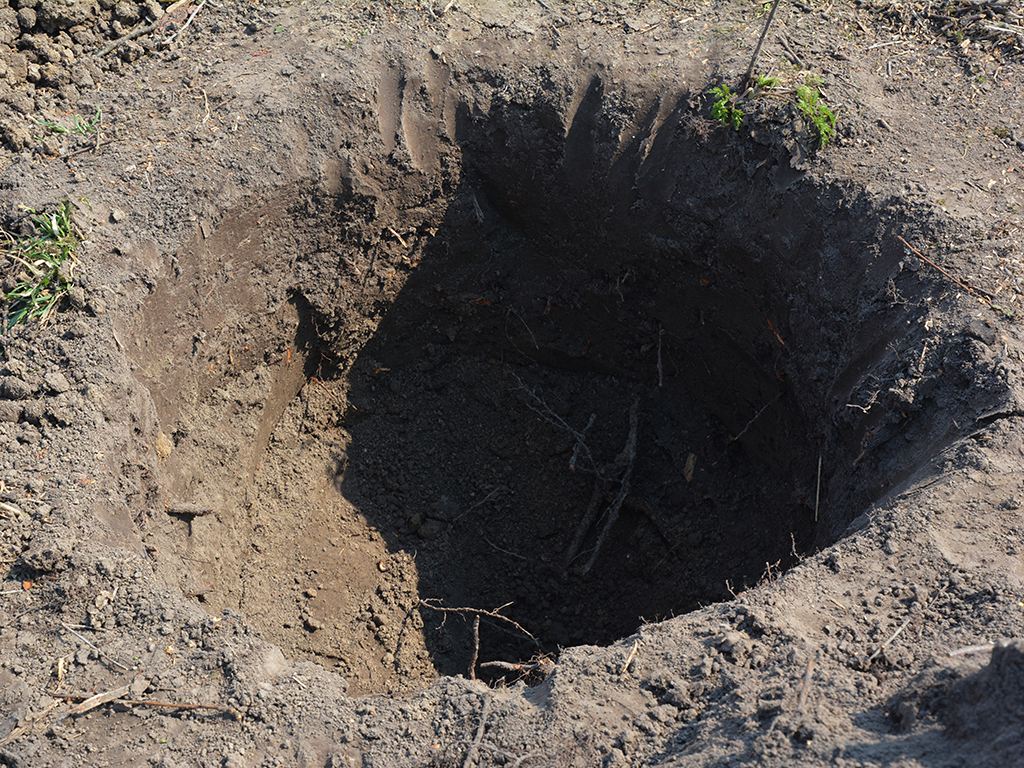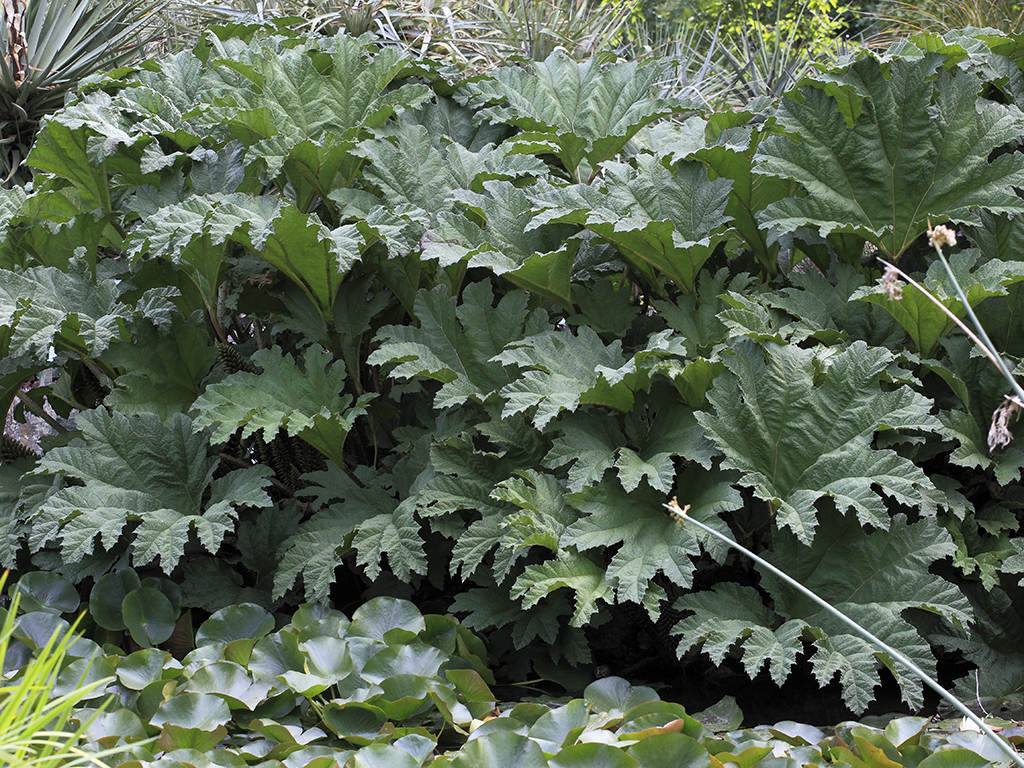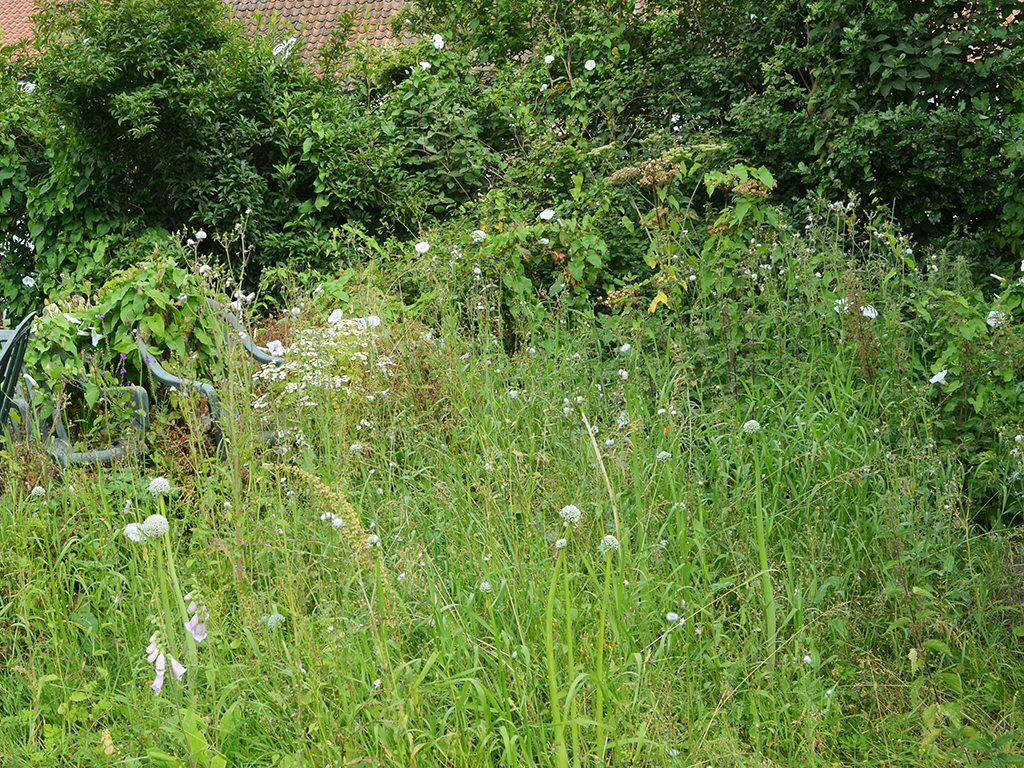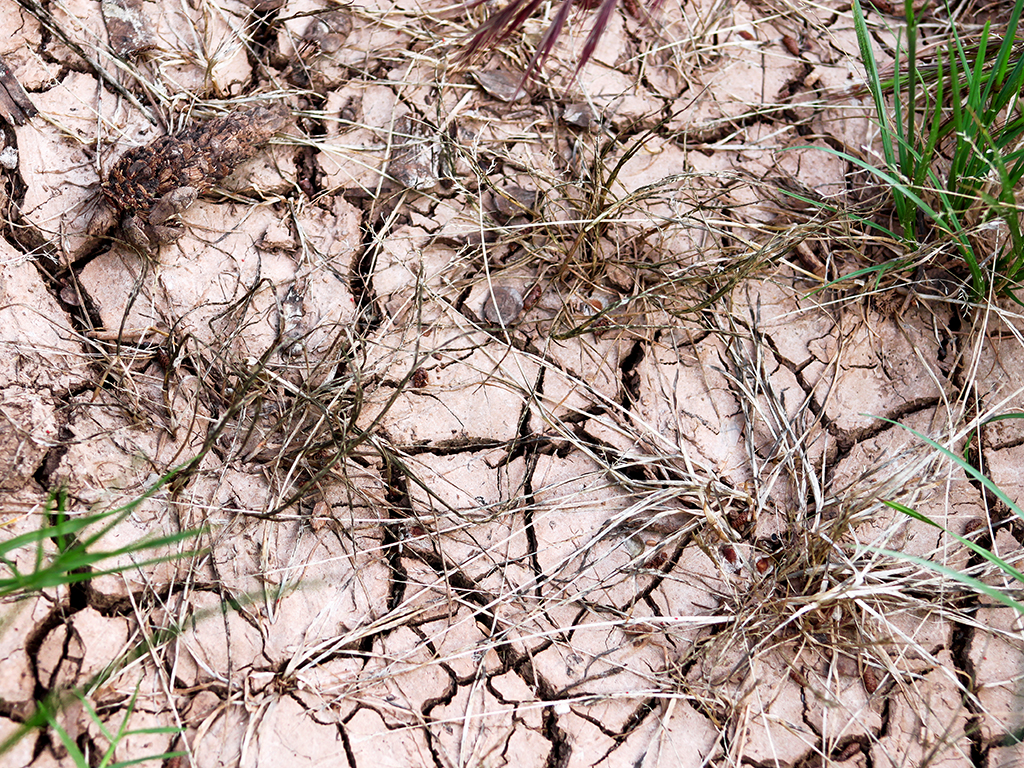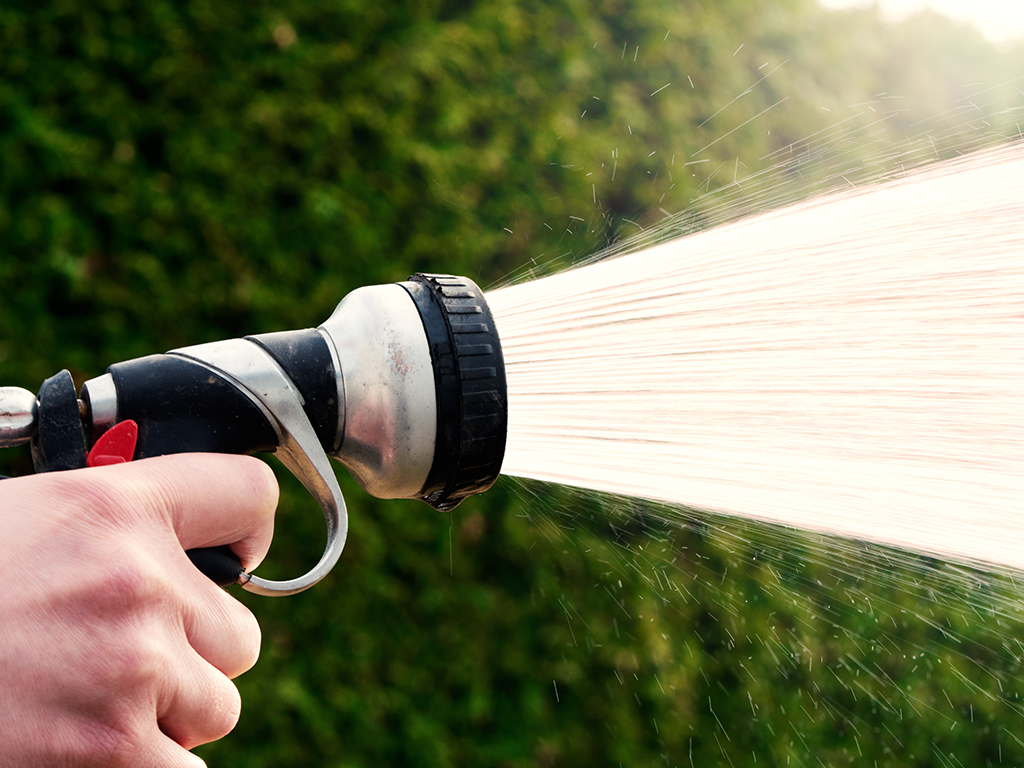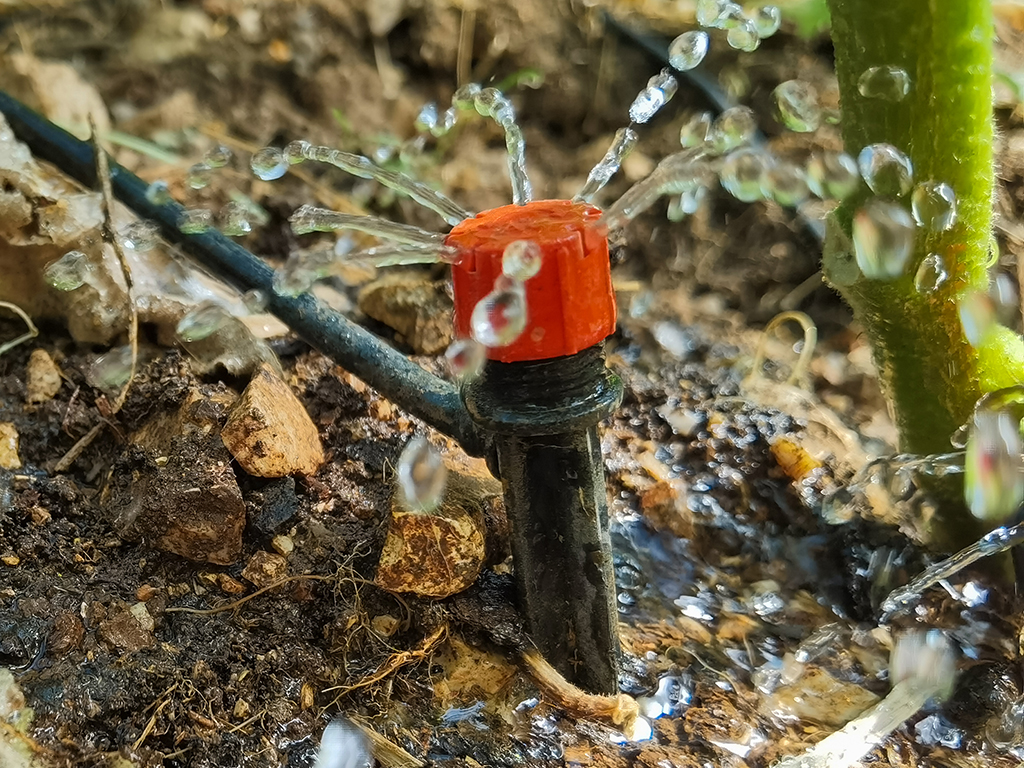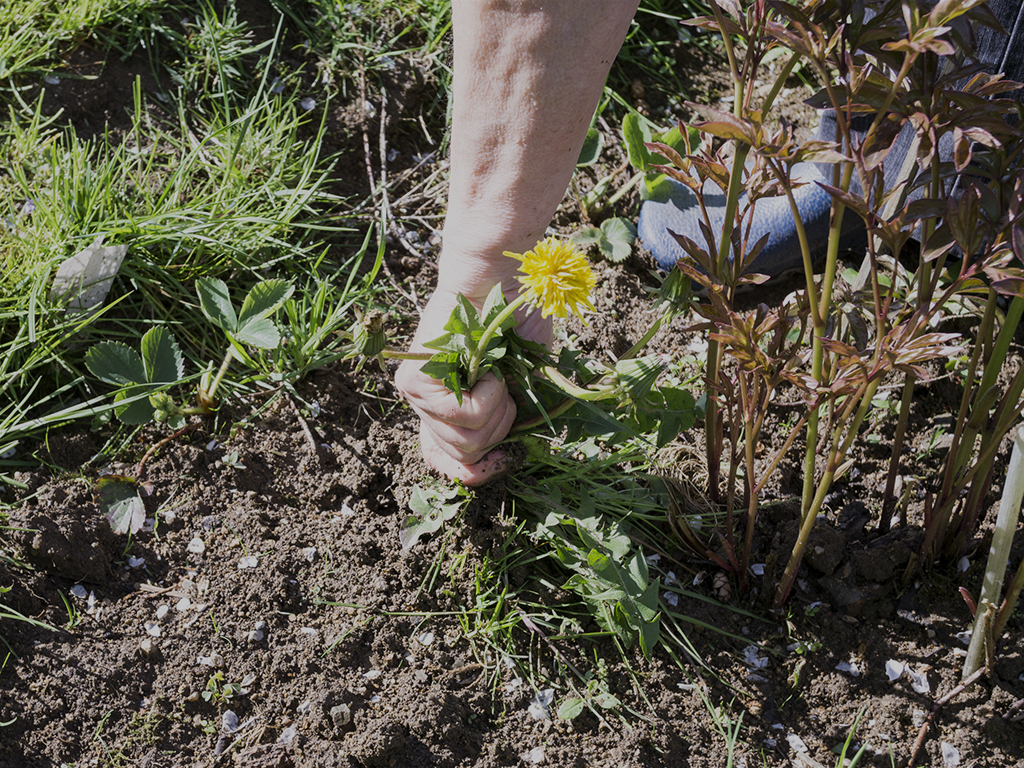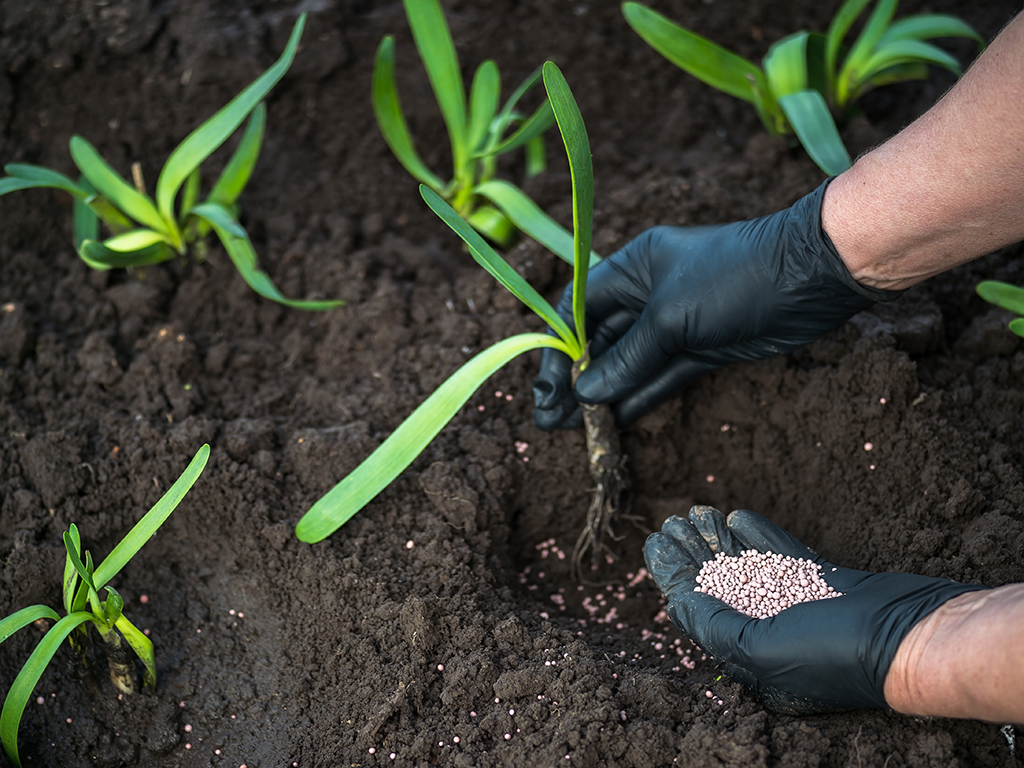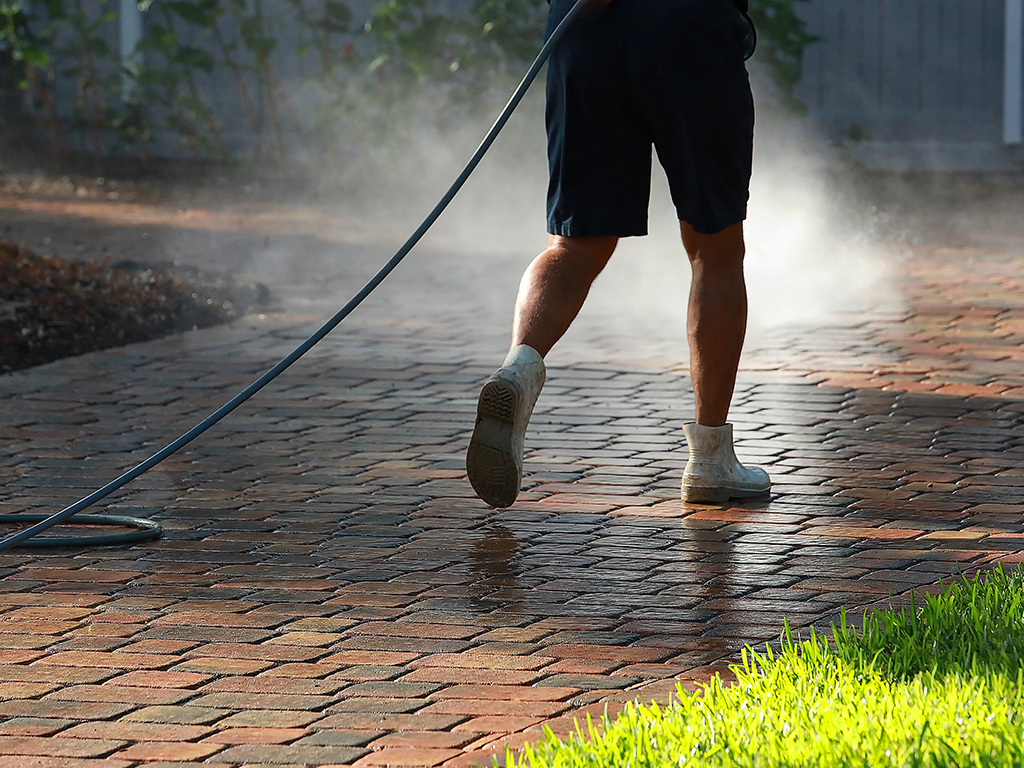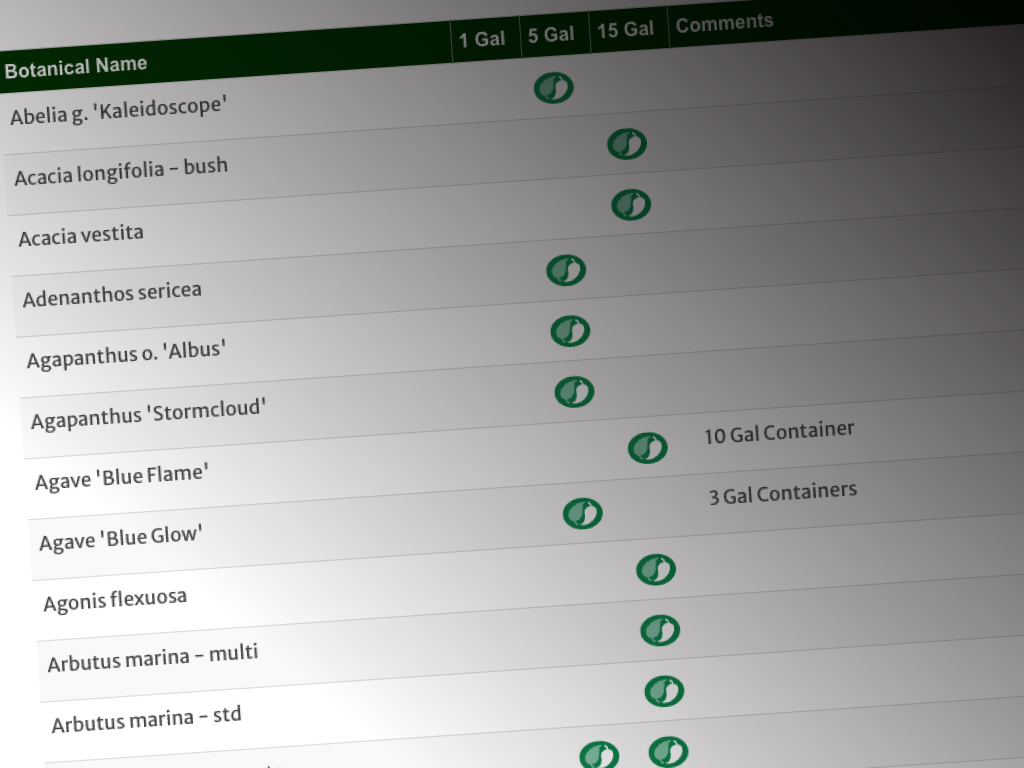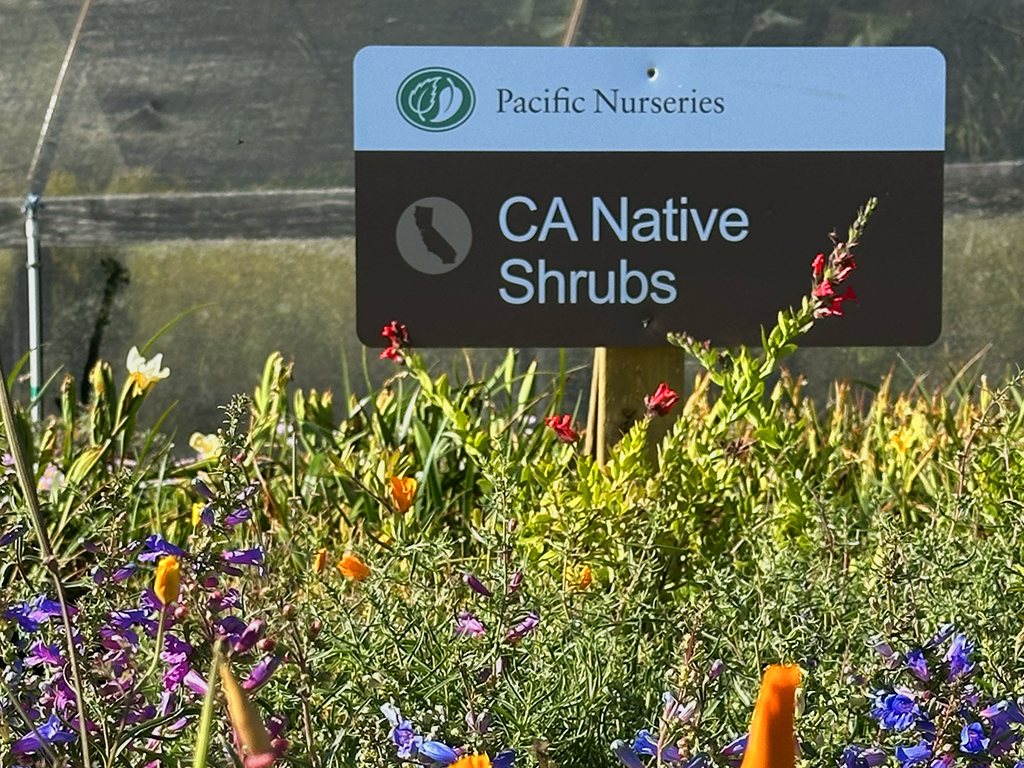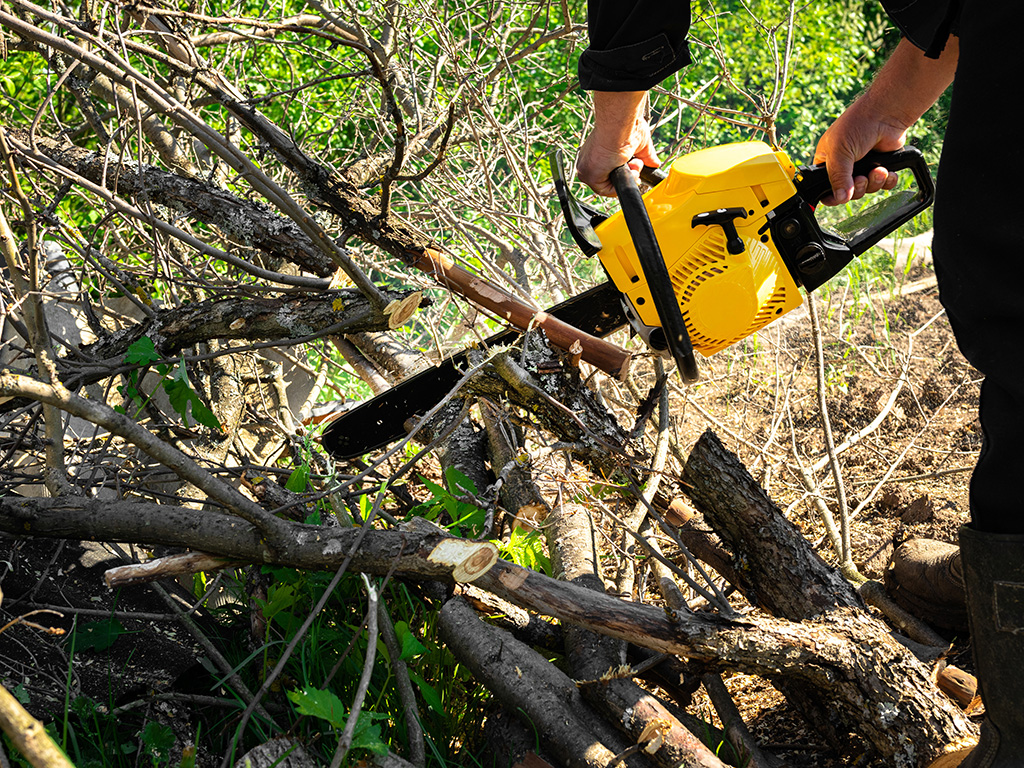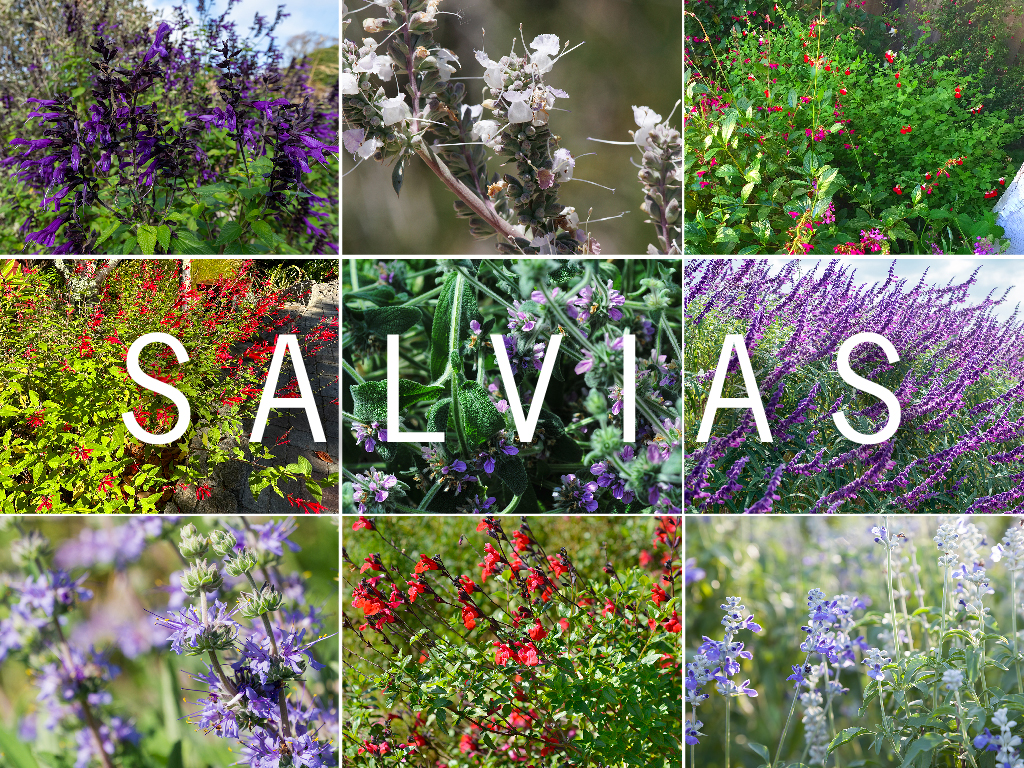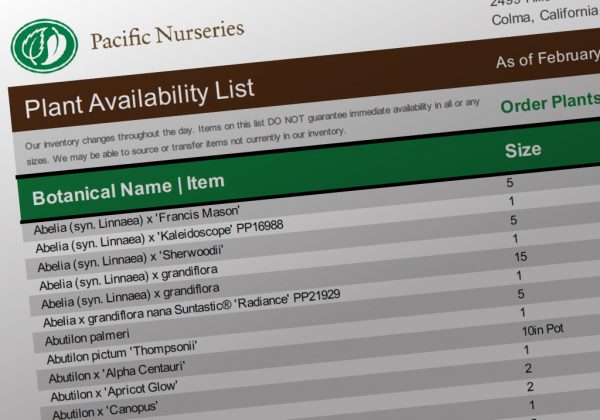As we continue to struggle with the worst drought on record, there are many water-wasting mistakes that Bay Area Landscape Pros can avoid.
With each new water use restriction, wildfire danger and concerns by safety officials continue to rise as the heat of summer approaches. Read on to learn how to improve your landscapes and guide your clients through the challenge of limited water availability.
With each new water use restriction, wildfire danger and concerns by safety officials continue to rise as the heat of summer approaches. Read on to learn how to improve your landscapes and guide your clients through the challenge of limited water availability.
Growing concern for Bay Area water availability
According to tree-ring records analyzed by researchers from the University of California, Los Angeles | UCLA, experts point out that California is experiencing the driest drought period in over 1,200 years. This data supports our collective experience of drought as rain continues to elude the Bay Area.The National Drought Mitigation Center in the University of Nebraska-Lincoln, the National Oceanic and Atmospheric Administration + the U.S. Agriculture Department created a joint effort to measure the scope and reach of this historic drought.
The result is a new US Drought Monitor that reveals 76% of land in the western U.S. is currently experiencing severe drought conditions—including the Bay Area.
“Every water agency across the state needs to take more aggressive actions to communicate about the drought emergency and implement conservation measures. We all have to be more thoughtful about how to make every drop of water count.”
Gavin Newsom | Governor, California
Gavin Newsom | Governor, California
How Landscape Pros can face the drought challenge
As a Bay Area Landscape Pro, these are challenging times for you and your clients. Because water is the sustaining lifeblood of gardens and landscapes, a future where it’s at risk means it’s time to take action.Fight drought by avoiding these 10 water-wasting mistakes
The California Department of Water Resources recommends thoughtful and effective ways to conserve water in our drought-affected Bay Area. By avoiding the water-wasting mistakes below, you’ll be able to take full advantage of the reduced water that this drought is imposing on you and your clients.
Mistake 1
Keep the lawn
According to local governments and water agencies throughout California, the number one way to reduce water consumption in a Bay Area landscape is by replacing a lawn.
The high price of a lawn of any size in a landscape makes alternatives look very attractive. That’s because lawns require the use of horrific amounts of water, unending maintenance, frequent need for chemical fertilizers, and high susceptibility to weed + pest intrusion. And let’s not forget the never-ending mowing and trimming.
Ensure that your customer’s landscapes can adapt and survive the challenge of this drought by removing and replacing a water-intensive lawn.
The high price of a lawn of any size in a landscape makes alternatives look very attractive. That’s because lawns require the use of horrific amounts of water, unending maintenance, frequent need for chemical fertilizers, and high susceptibility to weed + pest intrusion. And let’s not forget the never-ending mowing and trimming.
Ensure that your customer’s landscapes can adapt and survive the challenge of this drought by removing and replacing a water-intensive lawn.
Mistake 2
Don’t amend soil before you plant
By simply adding organic matter and soil amendments when planting, you increase the water-holding capacity of soil.
The addition of 40% or more amendments by soil volume also improves soil structure, available nutrients, and support for essential organisms that foster plant growth.
So if you want plants to survive in limited water and drought conditions, enhance the water retention capability of the soil by adding amendments before you plant.
The addition of 40% or more amendments by soil volume also improves soil structure, available nutrients, and support for essential organisms that foster plant growth.
So if you want plants to survive in limited water and drought conditions, enhance the water retention capability of the soil by adding amendments before you plant.
Mistake 3
Avoid CA native plants
Introducing new plants into a landscape during a severe drought is not a good idea. But California native plants offer many drought-resistant features that make them worth considering for landscape additions at the right time.
When you bring new plants into a landscape when water restrictions allow it and when fall weather conditions are more moderate, you enhance the opportunity for them to flourish. However, it’s important to recognize that even CA native plants aren’t drought-resistant until they become well established in the landscape.
Planting during this seasonally cooler time period allows new plants to establish their roots with winter rains. And by selecting drought-tolerant, CA native varieties that are appropriate for your climate zone and location, you improve the opportunity for the plants to not only survive but also thrive in limited water conditions.
Planting during this seasonally cooler time period allows new plants to establish their roots with winter rains. And by selecting drought-tolerant, CA native varieties that are appropriate for your climate zone and location, you improve the opportunity for the plants to not only survive but also thrive in limited water conditions.
Mistake 4
Plant without a plan
A hydrozone is a landscaped area where plants with similar water needs are grouped together. Hydrozone landscape design and planning integrate thoughtful grouping of compatible plants to accommodate their water needs, preference of soil characteristics, and site location in a microclimate. A hydrozone landscape will efficiently use valuable water resources to optimize root establishment and encourage long-term plant health.
Removal of low-priority plants in crowded beds or areas is a best practice in a hydrozone landscape. When these excess plants are left in place, they compete for soil moisture and nutrients that can impact plant health and performance.
For installations that require low maintenance plants that are stingy on water needs, nothing could be better or easier than water-wise succulents. With an astounding leaf variety and color, succulents provide visual interest and beautiful texture focal points in a landscape. Replacing thirsty perennials with water-wise succulents can be an excellent approach to implementing a successful hydrozone.
For installations that require low maintenance plants that are stingy on water needs, nothing could be better or easier than water-wise succulents. With an astounding leaf variety and color, succulents provide visual interest and beautiful texture focal points in a landscape. Replacing thirsty perennials with water-wise succulents can be an excellent approach to implementing a successful hydrozone.
Mistake 5
Once it’s in the ground, forget it
There’s no better way to conserve precious water and save investments in plants than by adding mulch to a landscape.
When you add a 3—4″ layer of mulch, you can greatly reduce water evaporation and improve the condition of the underlying soil. Generous amounts of mulch also protect roots from excessive heat and drying out.
With the addition of mulch, weed proliferation that competes aggressively for limited water resources can be also significantly reduced.
When you add a 3—4″ layer of mulch, you can greatly reduce water evaporation and improve the condition of the underlying soil. Generous amounts of mulch also protect roots from excessive heat and drying out.
With the addition of mulch, weed proliferation that competes aggressively for limited water resources can be also significantly reduced.
“For reducing water use, I recommend using a 4” thick layer of small fir bark that helps to retain moisture and provide root insulation year-round. As this mulch breaks down, it also adds important soil nutrients while controlling weeds.”
Laura Frost | Laura Frost Design
Laura Frost | Laura Frost Design
Mistake 6
Water anytime
The Mercury News suggests that the best time to water plants and landscape is early morning—from 5:00 to 9:00 am. Early morning watering when temperatures are cooler allows leaves to dry more slowly.
In late afternoon, warmer conditions and temperatures cause faster evaporation on leaves and results in less water absorption. Plant foliage that remains too wet when watered can develop fungal diseases which are often exacerbated in drought conditions.
Over irrigation of landscape is a frequent problem and reduction of water use by 20-40% is often achievable with little impact on landscape health and appearance. Whether you use drip irrigation or conventional above-ground methods, reducing the amount of water applied at the right time over a few weeks can give plants and trees time to adjust to a leaner amount of water.
In late afternoon, warmer conditions and temperatures cause faster evaporation on leaves and results in less water absorption. Plant foliage that remains too wet when watered can develop fungal diseases which are often exacerbated in drought conditions.
Over irrigation of landscape is a frequent problem and reduction of water use by 20-40% is often achievable with little impact on landscape health and appearance. Whether you use drip irrigation or conventional above-ground methods, reducing the amount of water applied at the right time over a few weeks can give plants and trees time to adjust to a leaner amount of water.
Mistake 7
Be stingy when you water
By deep watering infrequently, you encourage deeper root growth that fosters greater drought tolerance. Newly planted trees and shrubs need more frequent watering for up to two growing seasons until they become well-rooted. But once these plants are established, they can be weaned to tolerate less frequent watering.
The University of California, Davis recommends a key strategy to increase watering efficiency is matching water supply to plant needs. By supplying only the amount of water needed to maintain health and appearance, unnecessary use of water that exceeds plant needs can be avoided.
Their Water Use Classification of Landscape Species | WUCOLS database provides helpful evaluations of the irrigation water needs for over 3,500 taxonomic plant groups. Based on extensive field experience, this granular tool provides useful guidance for the selection and care of landscape plants and their water needs in a particular city.
The University of California, Davis recommends a key strategy to increase watering efficiency is matching water supply to plant needs. By supplying only the amount of water needed to maintain health and appearance, unnecessary use of water that exceeds plant needs can be avoided.
Their Water Use Classification of Landscape Species | WUCOLS database provides helpful evaluations of the irrigation water needs for over 3,500 taxonomic plant groups. Based on extensive field experience, this granular tool provides useful guidance for the selection and care of landscape plants and their water needs in a particular city.
Mistake 8
Let it grow
Weeds in a landscape can make the environment visually less attractive and a lot more unfavorable for healthy plant development. Therefore, it’s essential to control weeds before their seeds mature and germinate. Otherwise, future and more abundant weeds are likely.
By adding generous amounts of mulch, you can prevent the proliferation of weeds, improve soil structure, and add vital nutrients to soil. Adding ground covers and native grasses that reduce or eliminate the need for heavy irrigation or toxic chemical use are also great solutions for preventing the appearance and spread of weeds.
Ground covers also spread easily in even the toughest sites. They provide thick coverage that over time, enriches the soil beneath. With fine textures and varieties that feature abundant seasonal blooms, ground covers make easy-care and attractive alternatives to unsightly and water wasting weeds.
By adding generous amounts of mulch, you can prevent the proliferation of weeds, improve soil structure, and add vital nutrients to soil. Adding ground covers and native grasses that reduce or eliminate the need for heavy irrigation or toxic chemical use are also great solutions for preventing the appearance and spread of weeds.
Ground covers also spread easily in even the toughest sites. They provide thick coverage that over time, enriches the soil beneath. With fine textures and varieties that feature abundant seasonal blooms, ground covers make easy-care and attractive alternatives to unsightly and water wasting weeds.
Mistake 9
Fertilize frequently
Overuse of fertilizer can increase plant growth but it also elevates water demand. According to the University of California, Davis | UCD, trees, and shrubs require less fertilizer and less frequent irrigation than a conventional lawn.
Too much water is the most common cause of a decline in landscape trees and shrubs. So before you consider the addition of fertilizer, determine the actual cause of unhealthy-looking plants. Nutrient deficiency symptoms are often due to unhealthy roots, poor soil conditions, or improper care.
When using fertilizer in the landscape, choose a slow-release organic fertilizer that will feed the plant throughout the season. It’s also critical to prevent runoff of water, pesticides, or excess fertilizer. When fertilizer runs off into storm drains, it not only pollutes waterways, it harms local ecosystems and puts native wildlife and habitat at risk.
Too much water is the most common cause of a decline in landscape trees and shrubs. So before you consider the addition of fertilizer, determine the actual cause of unhealthy-looking plants. Nutrient deficiency symptoms are often due to unhealthy roots, poor soil conditions, or improper care.
When using fertilizer in the landscape, choose a slow-release organic fertilizer that will feed the plant throughout the season. It’s also critical to prevent runoff of water, pesticides, or excess fertilizer. When fertilizer runs off into storm drains, it not only pollutes waterways, it harms local ecosystems and puts native wildlife and habitat at risk.
Mistake 10
Just wash it off
The California Water Resources Control Board recently adopted emergency water conservation regulations that require more aggressive conservation by local water agencies and residents across the state.
These guidelines and others from local public resources like Marin Municipal Water District | MMWD recommend that sidewalks, walkways, driveways, parking lots, or any other hard-surfaced areas eliminate washing with a hose.
These new rules and guidelines designed to reduce year-round water waste also include:
Now more than ever, it’s time to forget the hose and pick up a broom or reach for your blower to clean off hardscape.
These guidelines and others from local public resources like Marin Municipal Water District | MMWD recommend that sidewalks, walkways, driveways, parking lots, or any other hard-surfaced areas eliminate washing with a hose.
These new rules and guidelines designed to reduce year-round water waste also include:
- | Water leaks must be repaired within 48 hrs of discovery
- | All hoses must have shut-off nozzles
- | Non-recirculating decorative water fountains shall not be refilled or topped-off
Now more than ever, it’s time to forget the hose and pick up a broom or reach for your blower to clean off hardscape.
Interested in improving your landscape’s drought tolerance?
If you want to save water and improve your landscape’s resilience to drought, just contact one of our experts online at Pacific Nurseries to learn more about the drought tolerant plant solutions that we produce. Or just give us a call at 650.755.2330.You can also check out our Growing Plant List. This comprehensive, alphabetized and searchable list includes all of the plants that we’re growing right now in available sizes. And if the plant you want is not on our list, we’ll do all that we can to get you what you want, when you need it.
As both a grower and a plant broker, we’re ready to work with you to provide just the right water-wise and California native plants that will make your project a drought-busting success with your clients.
Just attach your Microsoft Excel .xlsx plant list to our online form to PLACE AN ORDER. We can also provide an Estimate for one item or for an entire installation.
Just attach your Microsoft Excel .xlsx plant list to our online form to PLACE AN ORDER. We can also provide an Estimate for one item or for an entire installation.
As Chief Executive Officer of Pacific Nurseries, Will Baldocchi focuses on operations management, sales, and how to improve the customer experience at Pacific Nurseries. He also continues a proud family tradition of helping Bay Area Landscape Professionals succeed with high-quality landscape material and great service. Email Will or give him a call at 650.755.2330.

